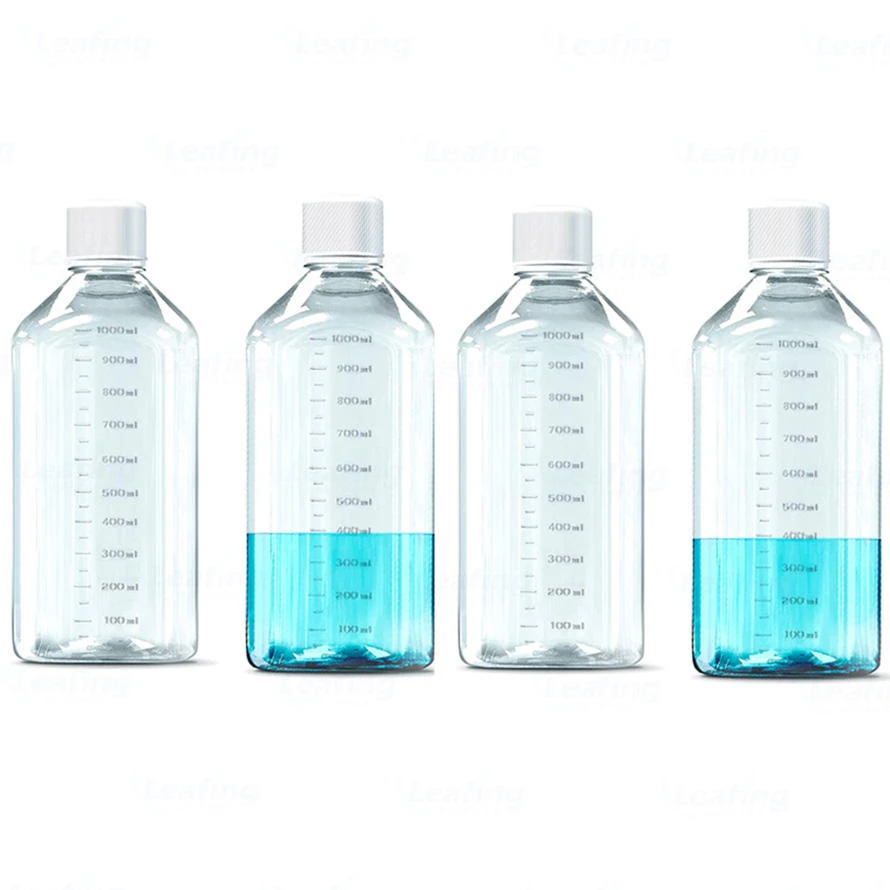Measuring the Volume and Dimensions of Dropper Bottles for Precision Applications
Understanding Dropper Bottle Measurement A Comprehensive Guide
In both the fields of pharmaceuticals and everyday household use, dropper bottles play a pivotal role. These small, often glass or plastic containers fitted with a dropper lid are essential for dispensing precise volumes of liquids. Understanding how to measure accurately with dropper bottles can make a significant difference in various applications, from medication dosing to essential oil blending. This article delves into the measurement aspects of dropper bottles, highlighting their importance, types, and tips for accurate use.
The Importance of Accurate Measurement
Accurate measurement is crucial in contexts like pharmaceuticals, where patient safety relies heavily on precise dosing. A dropper that dispenses an incorrect volume can lead to ineffective treatment or adverse effects. Beyond medications, in the realm of cooking and DIY household remedies, precise measurements ensure the effectiveness of the product, whether it be a recipe or a cleaning solution. Thus, understanding dropper bottle measurements is imperative to ensure safety and efficacy.
Types of Dropper Bottles
Dropper bottles come in various sizes and designs, typically equipped with rubber or plastic bulbs that create a vacuum force for liquid intake. The most common types include
1. Graduated Droppers These feature markings along the dropper for easy viewing of the volume being dispensed. They can measure liquids in milliliters (mL) or teaspoons. 2. Non-Graduated Droppers These do not have markings, which can lead to variations in measurement. They are generally used for more casual applications where precise measurement is less critical.
3. Controlled Droppers These are designed to dispense a specific volume per squeeze, offering a more controlled method of measurement, often seen in pharmaceutical applications.
4. Essential Oil Droppers Often found in aromatherapy, these bottles typically provide a narrower opening for better control when dispensing concentrated oils.
Standard Measurements
Most droppers dispense a standard volume, typically around 20 drops per milliliter. However, this can vary depending on the liquid's viscosity and the dropper's design. It is crucial to note that the size of the dropper can also affect the drop volume. As a rule of thumb, thicker liquids tend to produce larger drops while thinner liquids yield smaller drops.
dropper bottle measurement

To ensure accuracy, always check the manufacturer's specifications for the dropper bottle you are using, as some may differ significantly
.Tips for Accurate Measurement
1. Use the Right Dropper Choose a dropper bottle that is designed specifically for your application. For example, if measuring essential oils, opt for a dropper that accommodates thicker liquids.
2. Fill the Dropper Correctly To fill the dropper, squeeze the bulb to create a vacuum, then place the tip into the liquid. Release the bulb slowly to avoid bubbles, which can lead to inaccuracies in measuring.
3. Dispense Slowly When dispensing, apply gentle pressure to ensure drops fall slowly and consistently. Rapid dispensing can cause larger drops and lead to over-measurement.
4. Calibration If precise measurement is critical, consider calibrating your dropper. This can be done by measuring a known volume (e.g., 1 mL) to determine how many drops it takes.
5. Consider Viscosity Keep in mind how the viscosity of a liquid affects the drop size. Thicker liquids require more force to dispense and may not drop as freely as thinner liquids.
6. Hold Upright Always hold the dropper vertically while dispensing, as tilting it can change the drop size.
Conclusion
Dropper bottles are essential tools across various fields and applications. Understanding their measurement capabilities and ensuring accurate usage can enhance your product's efficacy while ensuring safety, especially in sensitive applications like medicine. By selecting the right type of dropper and following best practices for measurement, users can confidently dispense the correct volumes needed for their specific tasks. Whether in a medical, culinary, or cosmetic context, mastering dropper bottle measurements is a valuable skill that contributes to precision and effectiveness in countless applications.
-
Aesthetic Makeup Spray Bottles | Fine Mist Empty RefillableNewsAug.19,2025
-
White Plastic Veterinary Vaccine Vials | Lab Liquid BottlesNewsAug.18,2025
-
Plastic Medicine Liquid Bottle: Secure Flip Top Drug VialsNewsAug.17,2025
-
Durable 250ml Blue Plastic Vaccine Vial for Lab & Vet UseNewsAug.16,2025
-
Sterile Virus Sample Tubes: Secure & Reliable Specimen CollectionNewsAug.15,2025
-
White 250ml Plastic Vaccine Vial for Lab & Vet MedicineNewsAug.14,2025
























